Oh, vitamin D - the sun’s nourishment that we soak into our skin and reap the mental benefits from during the sweet, fleeting summer months.
For those of us that don’t live in sunny states (a.k.a. the people literally writing this article - hello from not-so-sunny New England 👋), we need to find other ways to absorb key nutrients and vitamins daily.
Science has shown that 42% of Americans lack the vitamin D - a.k.a. the sunshine vitamin - they need to boost their immune system, improve bone resilience, and protect themselves against various diseases.
But most tangibly, Americans need vitamin D to simply feel a bit happier on a day-to-day basis.
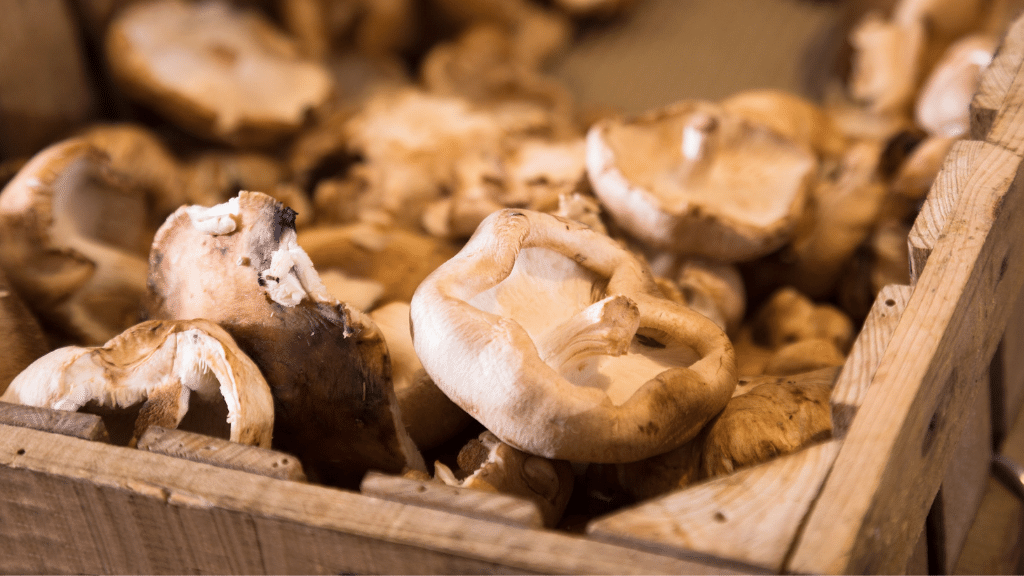
You know that feeling when the warm sun hits your skin after a long winter and you feel that everything is going to be okay again - yep, that’s a lack of vitamin D my friend. We’ve all been there.
Instead of taking supplements, many people prefer to reap the benefits of natural sources of vitamin D they get from plants.
When we started this mushroom gig we quickly learned that mushrooms are actually an incredibly nutrient-dense organism that can be jam-packed with key minerals, fiber, and yes, of course, vitamins. This makes them a viable option for those seeking a more natural vitamin D alternative.
It’s important to note that various wild mushrooms contain high levels of vitamin D, but those species are probably not the mushrooms you’re going to find at the grocery store. The good news? That’s not a problem (we’ll come back to this in a bit). We’re going to take a look at the medicinal mushrooms that are shown to be packed with vitamin D, how to expose mushrooms to UV light to increase vitamin D, and how you can best incorporate these mushrooms into your health regimen.
Let’s take a look on the sunny side of things and dive into all things mushrooms and vitamin D…
Understanding the sources of vitamin DWhen thinking about vitamin D intake, it’s first important to understand that there are two types of vitamin D: vitamin D2 and vitamin D3. Vitamin D2 is naturally absorbed by eating plant products (mushrooms) or taking supplements, and vitamin D3 is absorbed through animal product consumption or taking supplements.
|
Sources of Vitamin D2 |
Sources of Vitamin D3 |
|
|
This is an incredibly important distinction as you think about how you get your vitamin D - especially if you’re a vegetarian or vegan. But the good news is that vitamin D2 sources will provide you with all the vitamin D you need - no animal products need apply.
How do most people get their vitamin D?
Quite honestly, from processed products where vitamin D is added in.
We wish it were easier to go to the grocery store and simply pick up something natural that was chock full of vitamin D, but that’s just not the case.
Unfortunately, none of the fruits or veggies in the produce aisle include enough vitamin D to be considered viable for vitamin D supplementation. When thinking about the grocery store in general, it’s important to note that many companies add vitamin D supplements into their processed beverages, cereals, and more.
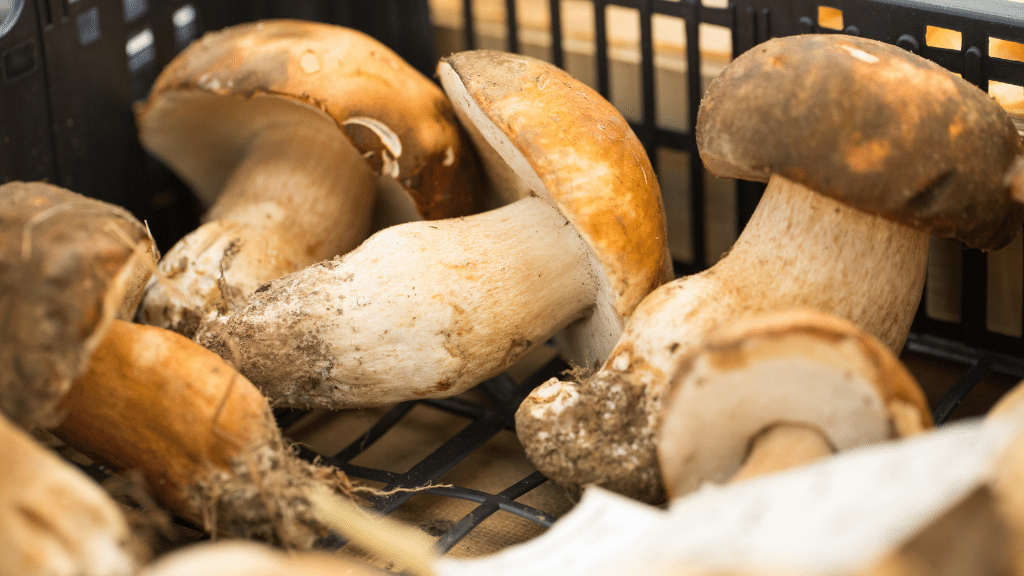
For example, if you read the side of a milk container, almost all companies note that they enrich their milk product with more vitamin D. Not a huge problem, but worth noting that this is not a natural way to soak in the sunshine vitamin.
As for supplements, vitamin D that you can purchase off the shelf at most grocery and health food stores contains sheep lanolin which is obviously not going to work for the vegan crowd out there.
Mushrooms will work, though!
Which mushrooms are highest in Vitamin D?
The volume of vitamin D in mushrooms will vary greatly depending on the sourcing, storage, and growing methods. As shown in this study, mushrooms that were grown using a proprietary growing light were significantly higher in Vitamin D2 than those without.
Chanterelles and morels tend to have higher levels of Vitamin D2 when untreated than some of the other mushroom types.
| Mushrooms / Sample Location | Vitamin D2 (μg/100 g) |
Vitamin D2 (IU/100 g) |
| Chanterelle, raw | ||
| Producer 3, Lot 1 | 2.2 | 87 |
| Producer 3, Lot 2 | 8.4 | 336 |
| Crimini, raw | ||
| CA, CA, NC* | 0.03 | 1 |
| CO, IN, VA | 0.06 | 2 |
| Producer 1 | 0.08 | 3 |
| Producer 2 | 0.05 | 2 |
| Enoki, raw | ||
| MI | 0.4 | 16 |
| Producer 1, Lot 1 | 0.04 | 2 |
| Producer 1, Lot 2 | 0.04 | 2 |
| Producer 2, Lot 2 | 0.07 | 3 |
| Maitake, raw | ||
| Producer 1, Lot 1 | 0.08 | 3 |
| Producer 1, Lot 2 | 0.12 | 5 |
| Producer 4, Lot 1 | 63.2 | 2529 |
| Producer 4, Lot 2 | 48.9 | 1956 |
| Morel, raw | ||
| Producer 5, Lot 1 | 4.5 | 181 |
| Producer 5, Lot 2 | 5.4 | 217 |
| Producer 6, Lot 1 | 4.4 | 176 |
| Producer 6, Lot 2 | 6.3 | 250 |
| Oyster, raw | ||
| CO, VA | 0.1 | 5 |
| FL, MO, NY | 0.8 | 103 |
| CO, CT, IN | 0.05 | 3 |
| FL, MO, NY | 0.1 | 3 |
| Portabella, raw | ||
| CA, MI | 0.1 | 4 |
| CA, NC, OK | 0.8 | 31 |
| CO, CT, IN | 0.05 | 2 |
| FL, MO, NY | 0.1 | 4 |
| Shiitake, raw | ||
| CO, IN, VA | 1.2 | 46 |
| FL, MO, NY | 0.4 | 16 |
| NC, MI, VA | 0.015 | 6 |
| Producer 1 | 0.03 | 1 |
| White button, raw | ||
| AL, CA, MI | 0.2 | 9 |
| CA, NC, OK | 0.07 | 3 |
| CO, CT, IN | 0.1 | 4 |
| FL, MO, NY | 0.06 | 2 |
How much vitamin D do we need to consume?
It’s said that Americans are deficient in vitamin D due to a lack of sunlight exposure (a.k.a. we spend a lot of time indoors), inadequate dietary intake of vitamin D foods (we covered that above), and a high prevalence of Crohns and Celiac disease (yikes).
In fact, many doctors say our lack of vitamin D is a major precursor to some very serious diseases people develop later in life.
To combat this, the recommended daily vitamin D intake for Americans is 15 micrograms per day, until you turn 70 and then it’s recommended to up it to 20 micrograms per day.
While some wild mushrooms are naturally high in vitamin D - namely maitake, morel, chanterelle, oyster, and shiitake - it can sometimes be hard to find these mushrooms at the grocery store. As we mentioned before, there is a way around this…enter UV treated Mushrooms. Yep, you can up vitamin D levels in mushrooms simply by exposing them to the sun. Let’s dive into that further.
Exposing mushrooms to UV rays can boost vitamin D levels
In our research and learnings, we also came across the pretty awesome fact that you can let mushrooms absorb sunshine or UV light to up vitamin D levels.
Since most commercially grown mushrooms come to maturity in the dark, this fact makes it possible to make your store-bought mushrooms higher in vitamin D from the comfort of home.
For example, in a study conducted by the USDA, when white mushrooms were exposed to UV rays they went from containing .18 micrograms of vitamin D to 23.6 micrograms (more than the daily recommended amount needed).
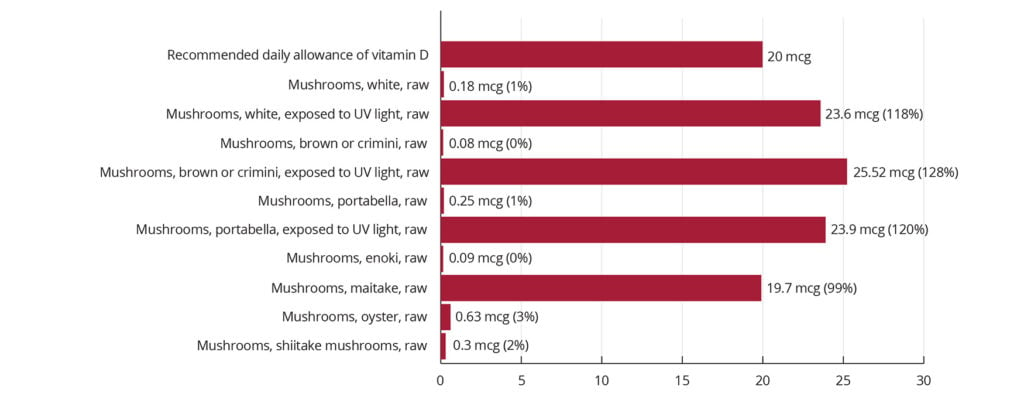
Image Sourcing: Data Source: U.S. Department of Agriculture, Agricultural Research Service. FoodData Central, 2019. fdc.nal.usda.gov.
Similar results were seen with brown/crimini mushrooms, portobello mushrooms, and maitake mushrooms.
Further research on vitamin D in mushrooms is highlighted in this poster summary.
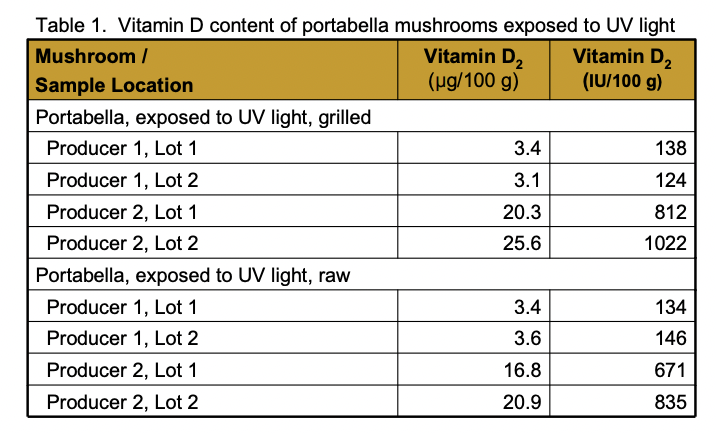
What’s interesting is that UV lights actually stoked the highest vitamin D levels in mushrooms when exposed - even more so than natural sunlight…crazy, right?
A note on commercially purchased mushrooms
Since we’re talking about how to find natural sources of vitamin D, and are labeling mushrooms as one of those amazing options, it’s important to note a few key caveats:
- Storage: extended storage of mushrooms may reduce vitamin D levels
- Cooking: cooking may reduce vitamin D levels in mushrooms and there is no great way to measure this at home
- Accuracy: While there are studies that back up the validity of the claims in this article, no mushroom is made exactly the same. This means that the specific mushroom you have at home may not have the same levels of vitamin D that have been noted in the studies and there is no real way to understand how sunlight affects the mushrooms from the comfort of your home.
How to boost the vitamin D of your mushrooms
Okay, okay, I’m intrigued. But, how does it work? We’re so glad you asked. This is how to simply expose your mushrooms to UV light at home using either UV lights or sunshine (credit: Paul Stamets):
- Purchase fresh maitake, shiitake, button, oyster mushrooms, or whatever type you can find from your local store - note: organic is preferable
- Purchase UV lights to set up at home or look out for a string of super sunny days heading your way (we recommend waiting for summer UV rays - namely in July and August - if you live in a colder climate)
- Slice the fresh mushrooms and place them evenly on a tray
- Expose them to sunlight for 6-8 hours a day OR leave them under UV lights
- Repeat the process daily until they are thoroughly dried and then complete the drying process with a dehydrator if necessary (they will be good for about a year)
- Take 10 grams daily by soaking the dried mushroom in warm water for one hour - once it’s softened, cook as desired!
If you end up trying it out, let us know! We’re curious how it turns out for you.
Now, go grab some mushrooms and spend some time in the sunshine - we all need it. Happy sunning!
Additional Sources:
Roberts, J.S., Teichert, A., and McHugh, T.H. 2008. Vitamin D2 formation from postharvest UV-B treatment of mushrooms (Agaricus bisporus) and retention during storage. J. Agric. Food Chem. 56:4541-4544.

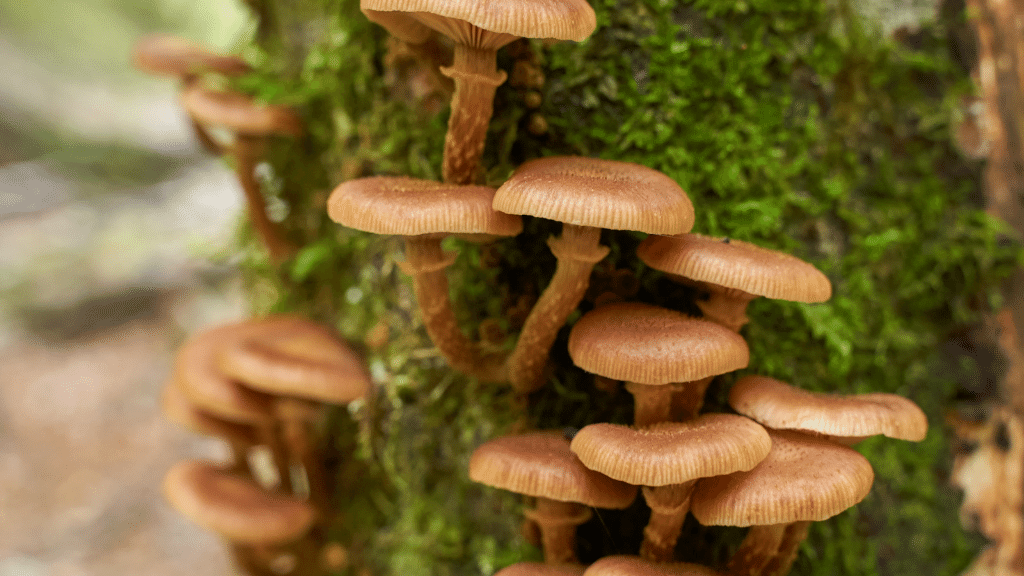
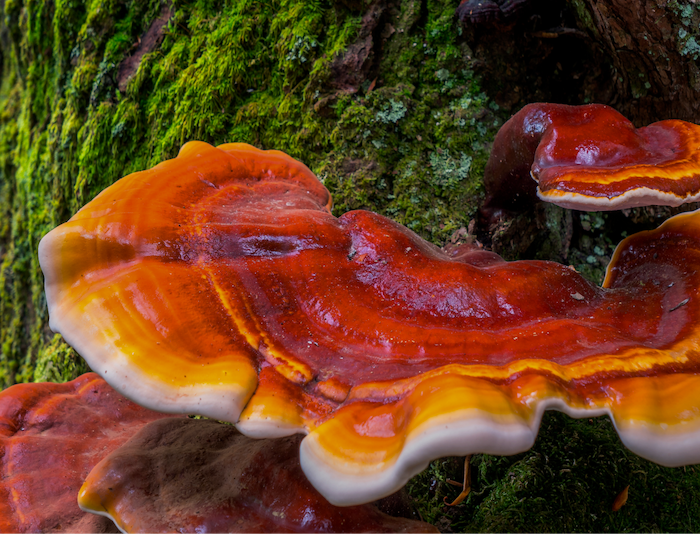


.png)
